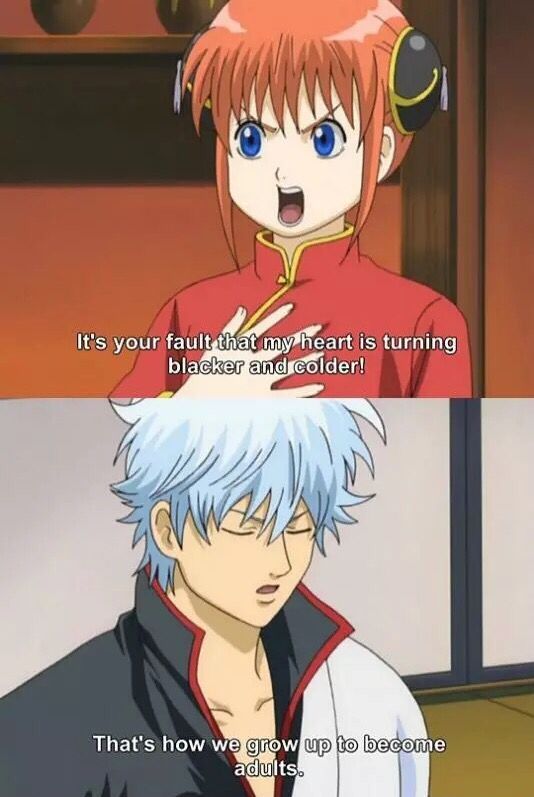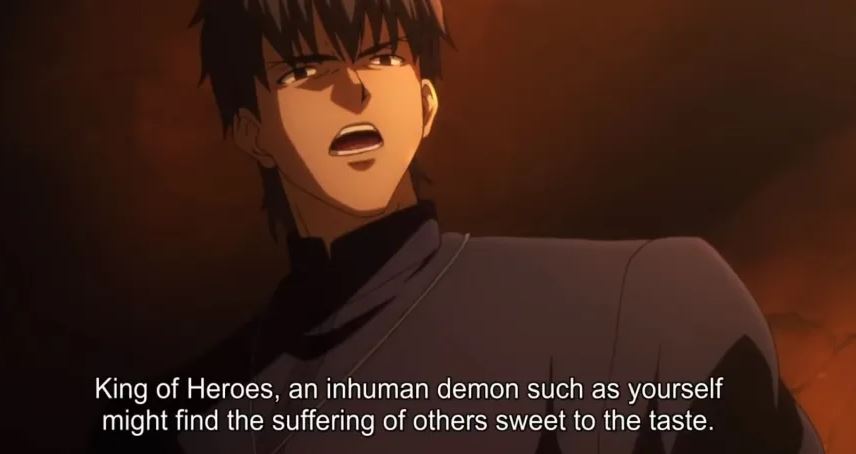In history and in movies, we often see people getting tortured while being interrogated. Across the screen when we look at works of fiction or reading on an incident of long ago, we may wonder how did people manage to commit such acts of atrocities without feeling any remorse or hesitation.
For many law-abiding citizens, the capacity for violence is limited. We may get into fights, but many of us who got into fights or when we exercise violence for the first time may get a little affected after that, or even hesitate during the process as we are not used to inflicting pain upon others. Even if we have some violent experience, we naturally put a stop to the amount of damage we do upon others.
But even the street brawl of the gangs which ran high on impulses and emotions is nothing compared to the torture in the interrogation room based on cool, calm and systematic actions acted out with every intention and precision. Removing those in the crime syndicates who have a higher propensity for sadistic violence, those who joined as soldiers and even police are probably just ordinary people who wants to make a living. Afterall, at least in many countries, kids want to be soldiers to defend their homeland or to be a police to enforce justice. So how did these ordinary people turn into such cold-hearted monsters who are able to do whatever they did?

This is a three-part article where we will first talk about the individual, the society and finally on the international level. I will be making another unrelated article on or around Valentine’s Day, which will cut into the flow of this three-part article.
We use torture training as an extreme example to better highlight the numbing process. Interrogators who use torture have to go through training. A training to condition their minds and bodies to numb themselves, to accept the situation and to take part in the process. First, all they need to do is to stand outside the interrogation room. They do not witness the process but simply hear the sounds of torture. Once the trainee gets used to it, he will be stationed inside the room, where his only job is to witness the torture. The next step will be to have him assist in the process such as the passing of tools and finally, he will take charge and be on his own.
Psychologically, and even physically, people always condition themselves in preparation for a certain event if they are unable to fulfill what needs to be done from the start. We take sports for example. If you ask me to run a marathon from the start, I will not be able to do it. But by consistent training physically and mentally, my body is able to adapt to it slowly and over time, finally be able to achieve what is supposed to be done – running the marathon.
Torture in this case is a negative use of such body and mental conditioning. But even if one manage to survive the horrors and commit the deed, not all are able to willingly accept it. True, some people are just able to sink into the pleasures of power and deal out violence easily, as proven by the Stanford prison experiment. But not all are able to. That is why some soldiers returned from war with PTSD. This is why justification is important. For everything we do, justification provides the legitimacy.
For example: Mercy to the enemy is cruelty to one’s own country.

Cognitive dissonance is a mental conflict that occurs when your beliefs do not line up with your actions. It is an uncomfortable state of mind when someone has contradictory values, attitudes, or perspectives about the same thing. That is why justifications provide a platform for one to cast his or her responsibility in this onto others, and to soothe the cognitive dissonance one may have when committing acts of atrocities.
We now scale back to what impacts us directly before going into part II (the society) and part III (the nations). From the individual perspective, the scale is much smaller and less extreme. But we can remember one thing: Conditioning for both the aggressor and the victim is done over time, and if one has the knowledge, one will be able to defend against it or misuse it. Naturally, this blog is written with good intentions so please do not misuse it.
In the romantic world, there are trash girlfriends and scum boyfriends. Girlfriends who treat their boyfriends like an ATM machine or like a dog. Boyfriends who treat their girls also as an ATM machine and as a sex toy. If you ask any passerby on the streets whether he or she will be with an abusive or trash partner, the logical and only answer will be a no. Yet there are many who sink into this hole. If one digs deeper, usually there is one common factor: She used to be gentle and kind. He used to treat me well.
When a romantic partner started off loving and kind, it is easy to be more tightly bound together, especially since feelings of attraction already existed in the first place. By binding the other party emotionally in the initial period, then slowly wane off the love, one conditions the victim to slowly accept this change. The acceptance of the victim also provides positive reinforcement to the aggressor that what he or she does is acceptable. Love in itself is a chain which cannot be undone easily. The hope that the aggressor will return back to the gentle and loving person he or she once was is but a fantasy that will never come true.

In the workplace, such a method is also used. For example there are certain workplaces which has a higher than above salary compared to others due to the nature of the job, such as an early retirement age or a higher risk. One example is that of a firefighter. However, say due to inflation, while everywhere else in the world has increased their salary, the firefighters in the UK did not enjoy the same benefits. Instead, they suffered a 12% drop in real wage earnings. One could speculatively guess that the management told the firefighters that their job is important because they save lives, and at the same time give some nominal increase in salary which could not outrun inflation. One’s passion in such a meaningful job cannot be measured with money.
Yet, just like the above example on romantic relations, over the years, if the firefighters kept silent due to reasons such as having no relevant hard skill to change the field of work or being in the comfort zone for too long etc, it is the same thing as conditioning themselves to accept what could not usually be accepted. The management will also think that it is perfectly reasonable for them to do so. We take note that in the news article, the firefighters suffered a 12% drop in real wages since 2010, which work out to be an average of 1% drop per year carried out over 12 years till today. Surely, you are ridiculous for resigning over 1%. And in another year, 1% is not really that significant for me to make a jump. And the cycle repeats. Again, we remember that conditioning takes time, so one can absorb the pain slowly and without much pain.
From romantic relationships to workplace welfare, from society’s acceptance of an inhumane system to an all out war, mankind can be conditioned to deal out punishments without mercy or to accept it. In today’s article, we talked about how the victims willingly accepted such a situation of abuse even though they have a choice not to, either by breaking up or resigning. Or even a case of training up and fighting back when bullied in school.
In the next article, we will talk about a collective’s acceptance and tolerance of an inhumane system such as the sex slavery system in the modern times and witch hunts in the middle ages. We now move on from voluntary acceptance to both voluntary and forced acceptance. As long as the victim is neither me nor my family, in the act of greater justice or overall benefits, sacrifices are sometimes necessary. As twisted as this is, such is the hypocrisy of mankind.
Showing 1 - 3 out of 3
Page 1 out of 1
| - | Shop Products | Price | |
|---|---|---|---|
|
|
$99,999.00
|
||
|
|
$1.00
|
||
|
|
Price range: $69.00 through $99.00
|


